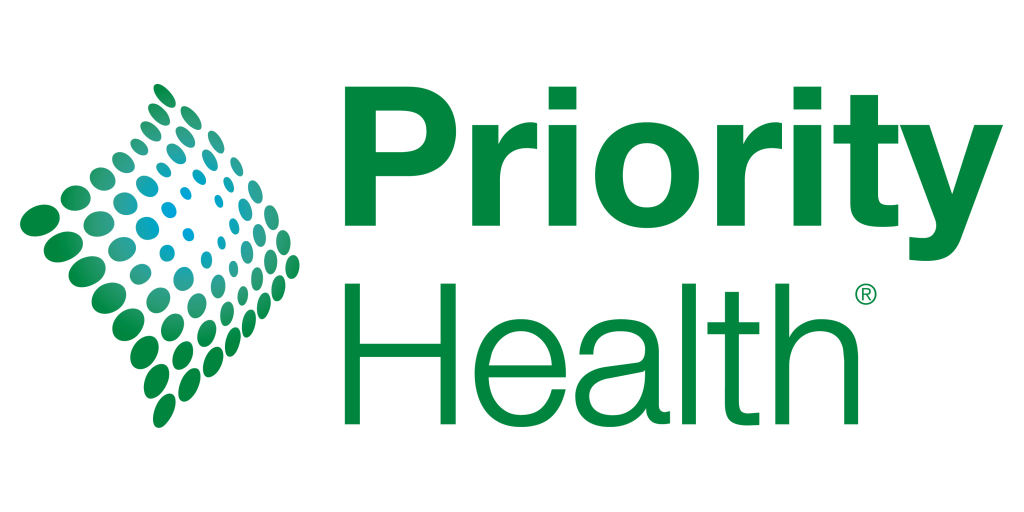Health insurance provides individuals with financial security during medical expenses. Before diving deeper into specific options available to them, it’s crucial to gain an understanding of basic concepts:
Homepage
Premiums: Premiums refer to the amount you pay on an ongoing basis for insurance coverage, typically monthly.
Deductibles: Your deductible represents an out-of-pocket expense you must meet before your policy will cover costs.
Co-payments and Co-insurance: After reaching your deductible, these are the expenses you are responsible for paying out-of-pocket. Co-payments are fixed amounts for specific services while co-insurance covers a percentage of overall costs that must be covered by you.
Out-of-Pocket Maximum: This limit represents the most you are responsible for paying toward covered services within any period, usually a year. Once this amount has been reached, your insurance provider covers 100% of eligible expenses.
Networks: Health insurance plans often offer networks of healthcare providers with whom they have negotiated discounted rates, so staying within your plan’s network may significantly lower costs.
Types of Health Insurance Plans
HMO: An HMO plan typically requires you to select a primary care physician (PCP) as your PCP and often require referrals for specialist visits. While premiums tend to be lower, networks can sometimes be limited.
Preferred Provider Organization (PPO) Plans offer more freedom when selecting healthcare providers, typically without referrals being necessary to see specialists. However, premiums and out-of-pocket costs may be higher with PPO plans.
Exclusive Provider Organization (EPO) Plans: EPO plans combine features from both HMOs and PPOs; their lower premiums resemble HMOs while they don’t require referrals to see specialists like PPOs do – although they still may impose strict network restrictions.
Point of Service (POS) Plans: POS plans combine features from HMOs and PPOs into one plan that requires you to choose a primary care physician but allows access to out-of-network providers at a higher cost. Employer Sponsored Insurance Vs Individual Plans
Many individuals obtain health insurance through their employer, who often subsidize some or all of the premium costs. Employer-sponsored plans may include HMOs and PPOs as options; if you’re self-employed or do not receive coverage through work, individual policies may be purchased through Health Insurance Marketplace or directly from insurers.
Special Considerations for Medicare and Medicaid Beneficiaries
Medicare is a federal health insurance program intended primarily for individuals aged 65 or over as well as certain younger individuals with disabilities. Medicare comprises several components, including:
Part A covers hospital insurance; Part B medical coverage; Medicare Advantage plans (Part C); and Part D prescription drug coverage.
Medicaid, on the other hand, is a joint federal and state program that offers healthcare coverage to low-income individuals and families in states across America. Eligibility requirements differ according to each state.
Key Factors to Keep in Mind when Selecting a Plan
Coverage Needs: Review your medical history, anticipated healthcare needs and any ongoing conditions when selecting a plan. Costs: Compare premiums, deductibles, copayments and coinsurance amounts in order to ascertain whether a plan meets your overall affordability criteria.
Provider Network: When selecting your health plan, be sure to include only doctors, specialists, and hospitals you’re comfortable with in its provider network to avoid unexpected out-of-network costs.
Prescription Drug Coverage: If taking prescriptions regularly is an important consideration for you, check each plan’s prescription drug coverage carefully to make sure it suits your needs.
Enhancing Your Care Quality Ratings: Investigate insurers and healthcare providers carefully in order to receive high-quality care, thus optimizing Your Insurance Benefits.
Once you’ve selected a health insurance policy, there are various strategies you can employ to maximize its advantages:
Utilize Preventive Services: Take advantage of covered preventive services, like annual checkups and vaccinations, to stay healthy and reduce future medical costs.
Inform Yourself of Your Coverage: Educate yourself about your plan’s coverage details, such as which services are covered, whether any restrictions apply and how to access care.
Stay In Network: For optimal costs savings, select healthcare providers within your plan’s network whenever possible to reduce out-of-pocket expenses. Reduce Prescription Costs: Generic medications, mail-order pharmacies or discount programs may help to decrease prescription expenses.
Appeal Denied Claims: If your insurance denies coverage of a claim, you have every right to appeal. Educate yourself on how the appeals process works and fight for yourself if necessary.
Planning for the Future
As your healthcare needs change over time, regularly review your insurance coverage to ensure it still meets them. Significant events like marriage, divorce, childbirth or changes in employment could call for adjustments to be made in your plan; also stay aware of changes to healthcare laws or regulations which might alter coverage options available to you.
Navigating healthcare and understanding your insurance options may seem intimidating, but it’s vital for accessing quality care while controlling costs effectively. By familiarizing yourself with the basics of health insurance and reviewing plan options to understand how they fit with each other, and staying informed about coverage issues you can make informed decisions that benefit both your physical health and financial wellbeing. Regularly assess your needs to stay protected in an ever-evolving healthcare landscape.
 ZiddiDil.Com Watch All Desi tv Serial Today Episode
ZiddiDil.Com Watch All Desi tv Serial Today Episode
